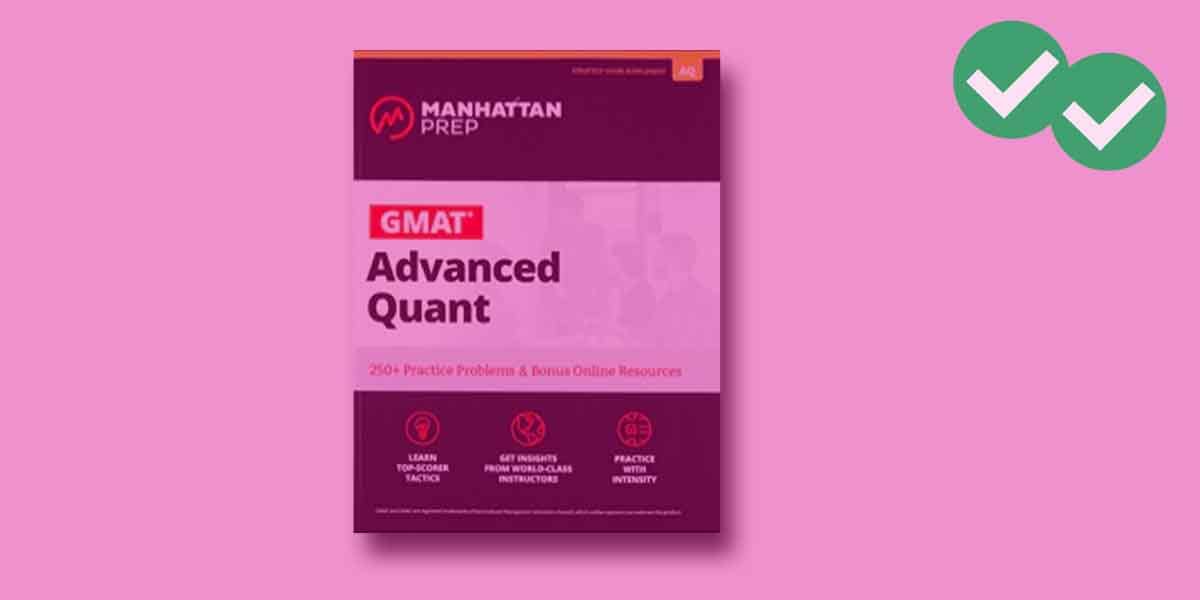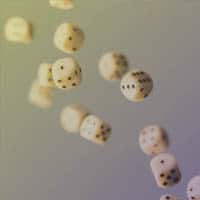For a start, give these problems a try. A complete explanation will come at the end of the discussion.
1) When positive integer N is divided by positive integer J, the remainder is 14. If N/J = 134.08, what is value of J?
-
(A) 22
(B) 56
(C) 78
(D) 112
(E) 175
2) When positive integer N is divided by positive integer P, the quotient is 18, with a remainder of 7. When N is divided by (P + 2), the quotient is 15 and the remainder is 1. What is the value of N?
-
(A) 151
(B) 331
(C) 511
(D) 691
(E) 871
3) P and Q are both positive integers. When P is divided by Q, the remainder is some positive integer D, and when P is divided by (Q + 3), the remainder is also D. If P/Q = 1020.75 and P/(Q + 3) = 816.6, then which of the following gives the correct set of {D, Q}?
-
(A) {6, 12}
(B) {6, 15}
(C) {9, 12}
(D) {9, 15}
(E) {15, 24}
I will discuss those questions at the end of this article.
Division Terminology
Let’s look at division carefully and think about the parts. Suppose we divide 33 by 4. Of course, 4 goes into 33 eight times, with a remainder of 1. Let’s talk about the official names of this cast of characters.
33 = the dividend = the number being divided
4 = the divisor = the number doing the dividing; the number by which you divide
8 = the integer quotient = the integer that results from a whole number of divisions
1 = the remainder
We have to add a caveat here. Notice: here we are talking about positive integers only —- living in the magical fairyland where the only numbers that exist are positive integers, where skies are not cloudy all day. Unless you live on a farm where the barnyard animals all sing in unison, you don’t get to stay here forever.
Of course, numbers in the real world aren’t like that, and if you prance through the GMAT Quantitative Section as if it’s a magical fairyland where all the numbers are positive integers, this section will utterly decimate you. In the real world that involves all possible numbers, this process looks a bit different. For example, if you type 33/4 into your calculator, your calculator will tell you
33/4 = 8.25
That decimal, 8.25, is the quotient, the actual real-world mathematical quotient. In this article, for clarity, I will refer to this one as the “decimal quotient.”
Notice, first of all — the integer part of the decimal quotient is exactly equal to the integer quotient. It has to be. In fact, we can go a little further: Let’s look at this process both with words and with numbers:
\({dividend/divisor} = decimal quotient = integer quotient + {remainder/divisor}\)
\({33/4}= 8.25 = 8 + {1/4}\)
We divide the dividend (33) by the divisor (4), and we get the decimal quotient. The integer part of the decimal question is the first piece of the last sum, the integer quotient. What’s crucially important is — the decimal part of the decimal quotient equals the final fraction:
\(decimal part of decimal quotient ={remainder/divisor}\)
Virtually any problem on the GMAT that gives you a decimal quotient is relying on this particular formula. It is crucial for answering #1 and #3 above.
Rebuilding the Dividend
Let’s go back to the integer relationships:
\({dividend/divisor} = integer quotient + {remainder/divisor}\)
If you are given the divisor, the integer quotient, and the remainder, then you can rebuild the dividend. In particular, notice that “divisor” is the denominator of both fractions, so we if multiple all three terms by “divisor”, it cancels in two of the three terms:
dividend = (integer quotient)*(divisor) + remainder
That formula is pure gold in questions which give you an integer quotient, a divisor, and a remainder. Even if one or two of those three are in variable form, it allows us to set up an algebraic relationship we can solve. This is crucial for answering #2 above.
Practice Questions
It may be, at this point, you want to give those three questions another attempt before reading the solutions. Here’s yet another practice question:
4) http://gmat.magoosh.com/questions/305
Practice Question Solutions
1) We know that
\(decimal part of decimal quotient ={remainder/divisor}\)
So 0.08, the decimal part of the decimal quotient, must equal the remainder, 14, divided by the divisor J.
0.08 = 14/J
0.08*J = 14
J = 14/0.08 = 1400/8 = 700/4 = 350/2 = 175
So J = 175, answer = E.
2) Use the rule dividend = (integer quotient)*(divisor) + remainder to translate each sentence.
The first sentence becomes N = 18P + 7. The second equation becomes N = (P + 2)*15 + 1, which simplifies to N = 15P + 31. These are ordinary simultaneous equations (https://magoosh.com/gmat/math/algebra/gmat-quant-how-to-solve-two-equations-with-two-variables/). Since they both equal N already, let’s set them equal and solve for P.
18P + 7 = 15P + 31
3P + 7 = 31
3P = 24
P = 8
Now that we know P = 8, we can just plug in. The product 15*8 is particularly easy to do, without a calculator, by using the “doubling and halving” trick. Double 15 to get 30, and take half of 8 to get 4 —- 15*8 = 30*4 = 120. So
N = 15(8) + 31 = 120 + 31 = 151
N = 151, answer = A.
3) Here, we have to use
\(decimal part of decimal quotient ={remainder/divisor}\)
to translate each act of division. The first one tells us 0.75 = D/Q, and the second one tells us that 0.60 = D/(Q + 3). These are also two simultaneous equations. Multiply both to get rid of the fractions.
D = 0.75*Q
D = 0.60*(Q + 3) = 0.60*Q + 1.80
Both are equal to D, so set them equal to each other and solve for Q.
0.75*Q = 0.60*Q + 1.80
0.15*Q = 1.80
Q = 1.80/0.15 = 180/15 = 60/5 = 12
Now that we know Q = 12, we can find D = 0.75*Q = (3/4)*12 = 9. So D = 9 and Q = 12. Answer = C.





